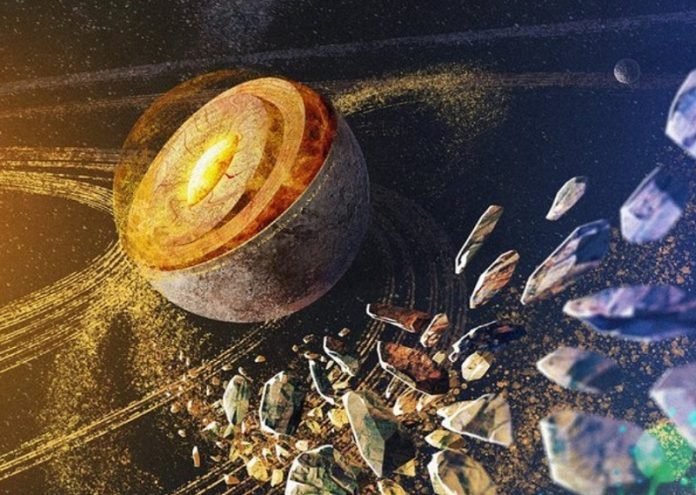
Have you ever wondered how our amazing planet came into being?
Well, billions of years ago, a massive ring of dust, gas, and rock particles whirling around our young Sun began to stick together, forming larger and larger pieces.
These gradually became the planets, moons, and asteroids we see today.
Scientists are working hard to understand how this happened.
One way they do this is by studying the hot magma that oozes up from deep within the Earth.
The chemical makeup of these samples tells us a lot about what kind of materials combined to make Earth, just like how fossils tell us about the ancient creatures that once lived here.
Now, a group of scientists from Caltech has discovered something truly exciting: our planet was originally made from hot, dry materials!
This means that water, which is vital for life as we know it, must have arrived after most of the Earth had already formed.
The study was led by Francois Tissot and Yigang Zhang, with help from an international team of researchers.
A grad student named Weiyi Liu wrote the main report, which you can find in the Science Advances journal.
Even though we can’t physically journey to the center of our planet, we can still learn a lot from the rocks that come up from deep down.
They can come from various depths, like the upper mantle, which is about 15 kilometers below the surface and extends around 680 kilometers down, or the lower mantle, which stretches from there all the way to the core of the Earth, around 2,900 kilometers deep.
Just like trying different parts of a cake can tell you about its ingredients, studying these rocks from different depths helps scientists understand what materials the Earth is made of and in what proportions.
Through their research, the scientists found that in the early days, Earth was made mostly of dry, rocky stuff.
Chemicals that are usually associated with water and other easily evaporated substances (known as volatiles) were missing in the deep rock samples, while more recent ones had three times as many.
Liu used this info to create a model that shows that our planet started as a dry, hot place, and that water and other key substances only appeared during the last 15% of Earth’s formation.
This study is very important for our understanding of how planets form, and also helps us guess what other similar planets, like Mercury and Venus, might be made of.
As Tissot pointed out, exploring outer planets is key for the search for alien life, but we shouldn’t forget about our closest neighbors. After all, it’s been 40 years since we last visited Venus, and we’ve never been to Mercury’s surface!
The research paper is called “I/Pu reveals Earth mainly accreted from volatile-poor differentiated planetesimals,” which is just a fancy way of saying that our Earth was formed mostly from dry, hot materials.
Who would have thought?
Follow us on Twitter for more articles about this topic.



